Huawei P40: Best deals, where to buy, official info and more
Get up to speed now on Huawei's P40 flagship phone series


The Huawei P40 and Huawei P40 Pro are on shelves now, with the P40 Pro Plus not far behind. Huawei hasn't let the Trump Administration stand in the way of the launch of the P40 series, as it hits all the largest markets with its own OS, application store and 5G to boot. Google? Who needs Google?
Huawei P40 and Huawei P40 Pro: Best deals
The Huawei P40 series is the brand's 2020 flagship series. Stuffed with features and boasting an incredible next-generation "ultravision" camera system, the Huawei P40 Pro Plus is one of the most advanced smartphone handsets on the planet from what we've seen, but all three handsets have the specs to rival the big players such as the Samsung Galaxy S20 and iPhone 11. Here's a look at the phones in more detail:
Huawei P40: Design
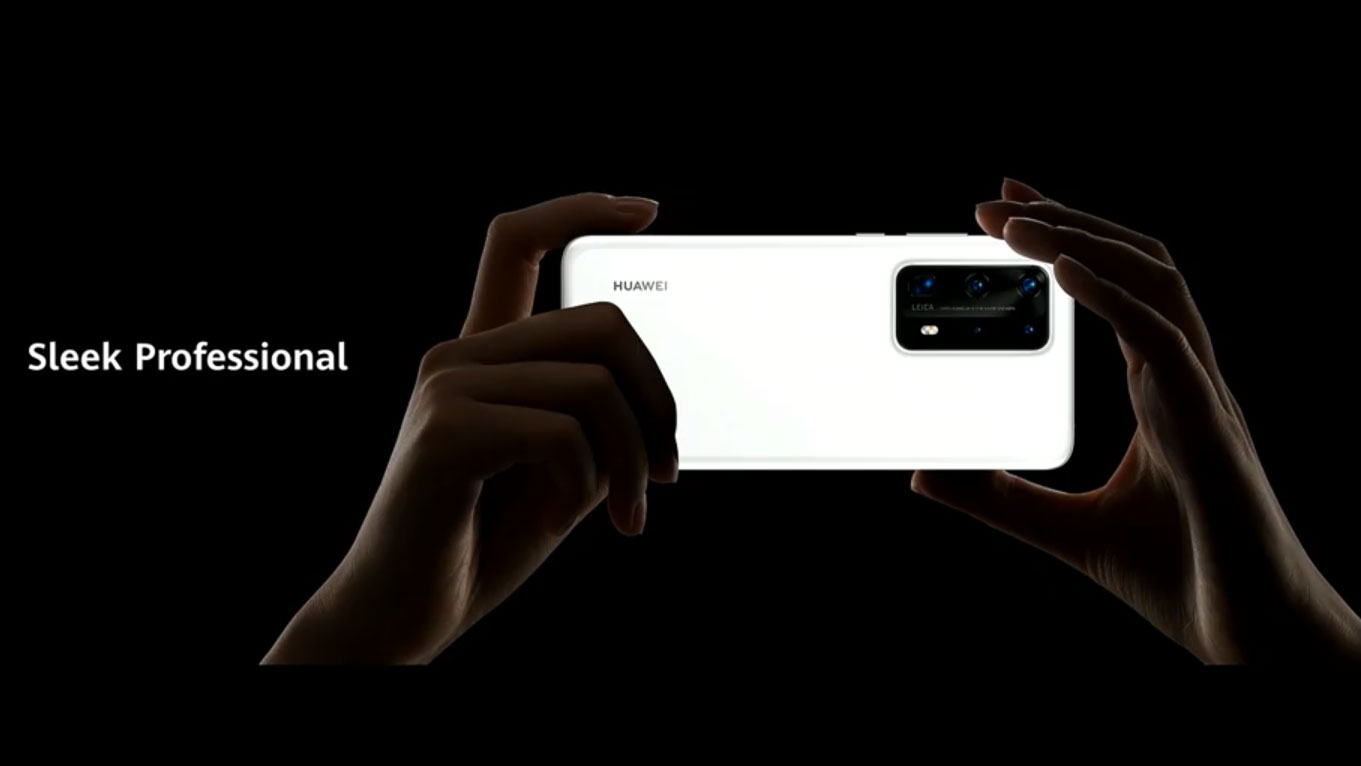
Huawei was never going to reinvent the wheel when it comes to the design of the Huawei P40, with the most notable changes coming in the form of camera upgrades (more on that in a little bit).
The Gorilla Glass back gives way to a 6.2" four-sided “overflow” display, a curved screen on all sides (bar the corners) that’s almost bezel-less. The Pro models have the same screen in a larger, 6.58" size. A small punch-hole in the left-hand corner gives way to dual selfie cams.
The Huawei P30 is one of the sleekest and sophisticated smartphones to have hit the shelves in 2019, featuring what's fast been dubbed a sandwich design, in which a sheet of Gorilla Glass is affixed to the rear of an aluminium frame, and a high-resolution screen is mounted on the front.
While that has remained the same for the Huawei P40, the firm has made a couple of alterations. The back has a large rectangular module in a curved "volcano" design. The module itself is very similar style to its Samsung and Apple rivals, but it looks beautifully scaled to the rest of the phone.
The high-res screen maintains its under-screen fingerprint sensor, but the size (and unlock speed) has been increased by 30%. All three phone screens now support a 90Hz refresh rate.
A number of Chinese manufacturers took a stab at removing the notch on the screen — some resulting to eccentric pop-up front-facing cameras, and some finding a way to bake them in beneath the screen — so it's safe to assume Huawei is working on it, too. However, Huawei eventually settled on a small opening this time round, housing the small dual-selfie camera module.
The standard P40 and P40 Pro models are available in five colourways: ice white, black, deepsea blue, silver frost and blush gold. The top-end Huawei P40 Pro ditches the Gorilla Glass for a black or white ceramic body. It's designed to feel premium—but inevitably adds to the already-considerable cost of the phone.
Huawei P40: Camera
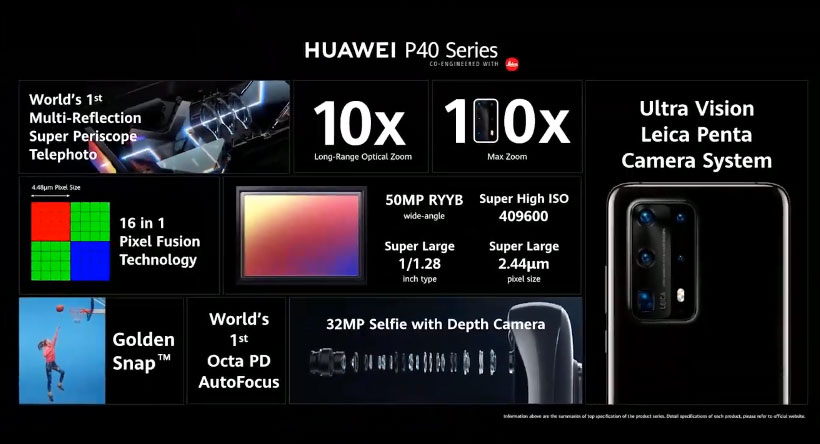
Here's some food for thought: The P in Huawei P Series is long-rumoured to stand for Photography — tittle-tattle fuelled by the firm's tradition to push the envelope when it comes to mobile photography with the Pro variant in the range. And guess what? The Huawei P40 series is no different.
The Huawei P40 Pro Plus has a penta-lens camera on board — like the Nokia 9 PureView — co-engineered by German imaging titan Leica. That's a total of five sensors. An 8MP 10x zoom lens, a 40mp ultra-wide camera, time-of-flight depth perceiving sensor, and a 50MP wide-angle lens adorn the back of the phone. The maximum zoom is 100x, putting the impressive array on par with the Samsung Galaxy S20 Ultra’s huge “space zoom” functionality.
The old flagship Huawei P30 Pro, for comparison, has four, including the Time-of-Flight (ToF) sensor. Just like the Huawei P30 and Huawei P30 Pro, the setup is arranged in a periscope-like configuration, which will help the handset achieve the ten-times optical zoom that earned its (then) predecessor the title of the Best phone and a revamped sensor array could make that even higher.
Lastly, you can bet your bottom there's a whole host of camera improvements on the software front. The firm's Master AI has come on leaps and bounds since it debuted on the Huawei P20. New features include the AI high-definition image engine said to incorporate “pixel by pixel” optimisation to maintain quality even when the photo is zoomed in or cropped.
A “super night mode” and the Huawei XD Fusion engine - an algorithm that enhances images - are also part of the kit. The front-facing dual cams with 32MP sensors, 4K recording and autofocus to find your face, round out the new array.

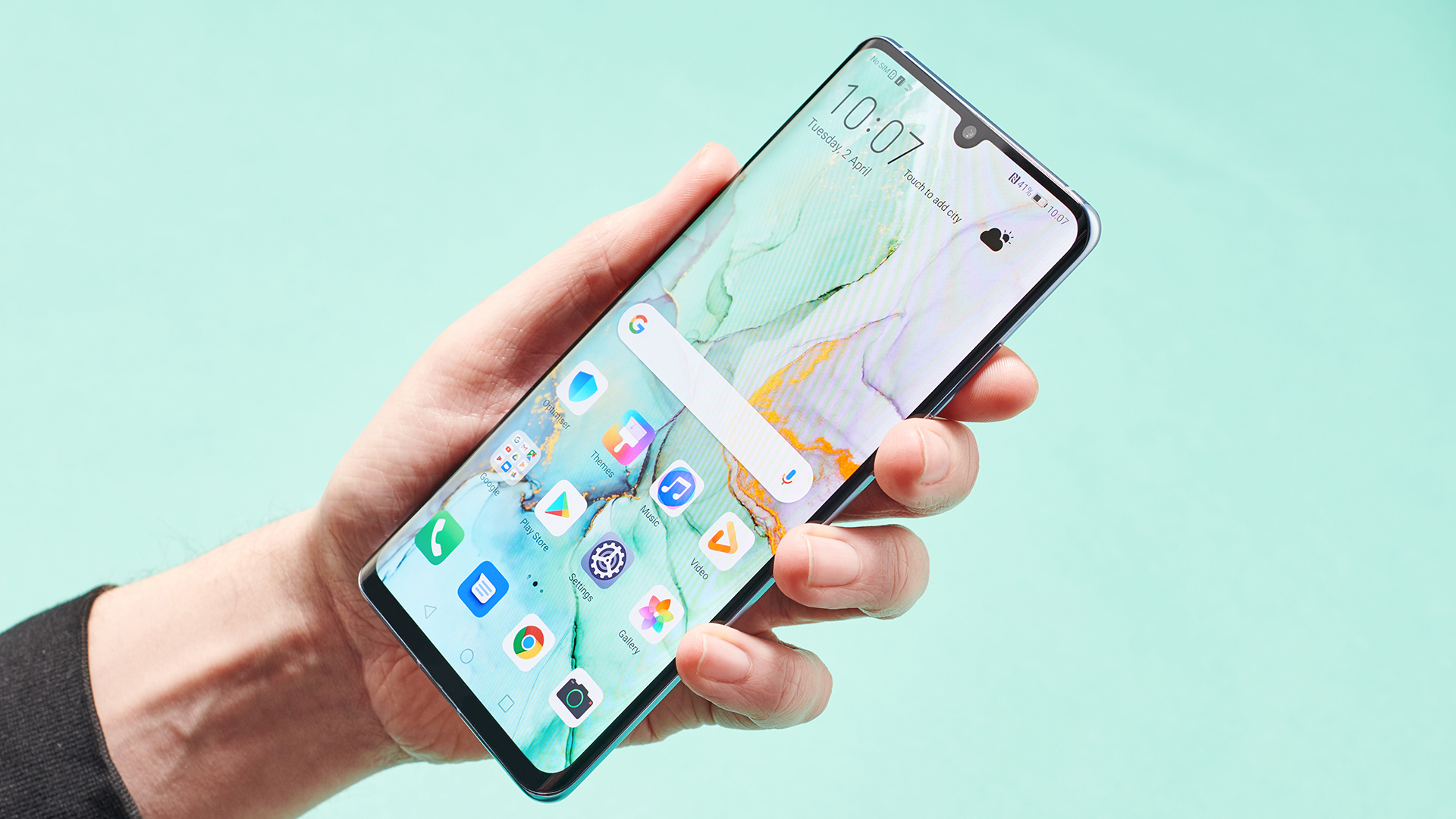
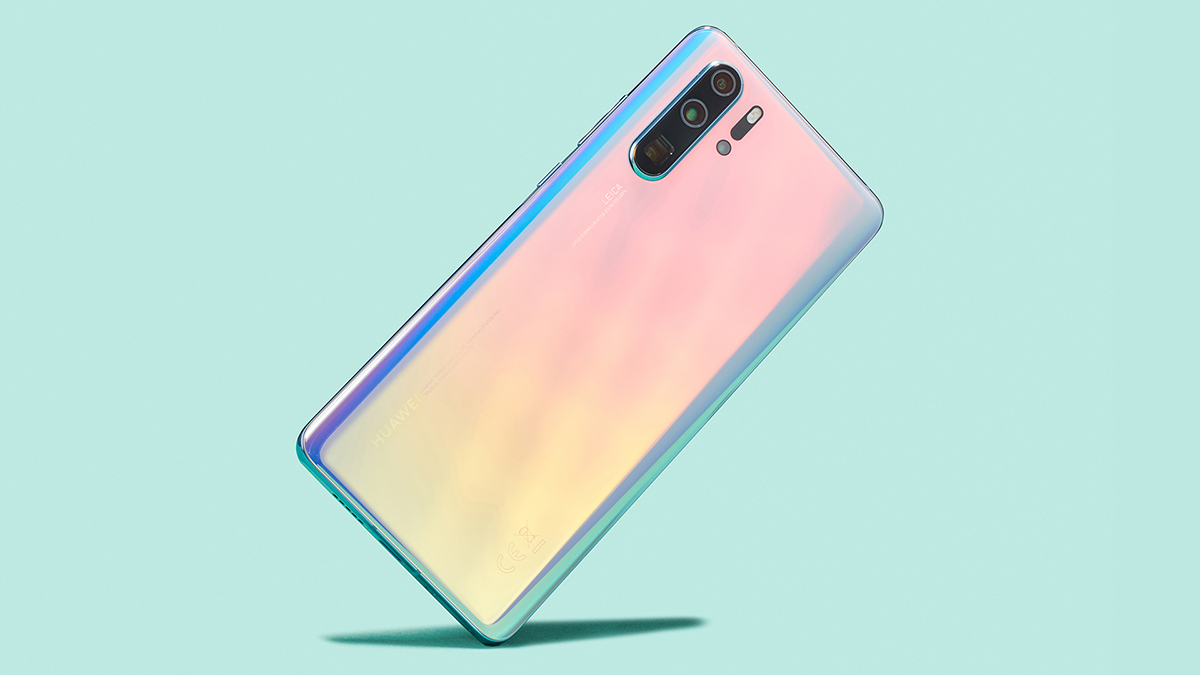
Huawei P40: Specs
Even though the Huawei Mate 30 and Huawei Mate 30 Pro sport a new style of screen, with the Huawei Mate 30 Pro coming out on top with Huawei's new Horizon OLED Display, which the firm claims is the closet a panel has even been to being edge-to-edge, they're both Full HD+ — not QHD+. However, the Huawei P40 range has a screen capable of playing back in stunning 4K.
Huawei's in-house, top-of-the-line Kirin 990 — the 5G-riddled successor AI-infested Kirin 980 — is running the show, as well as 8GB RAM and a 4200mAh battery on all three phones.
Announced at IFA 2019 and available in two configurations, the flagship Kirin 990 is the world's first all-in-one 5G chipset. It merges a 5G modem with eight cores, offering a maximum download speed of 2.3Gbps per second and impressive performance across the board, with software delegating tasks to individual cores.
What's more, the Huawei P40 is set to come with 5G as standard, eliminating the need to pick up a dedicated variant that has the soon ubiquitous network on board. As it stands, Huawei phones do not ship running Android. Instead, they only support Huawei's in-house EMUI 10 and its resulting AppGallery due to its trade spat with Google.
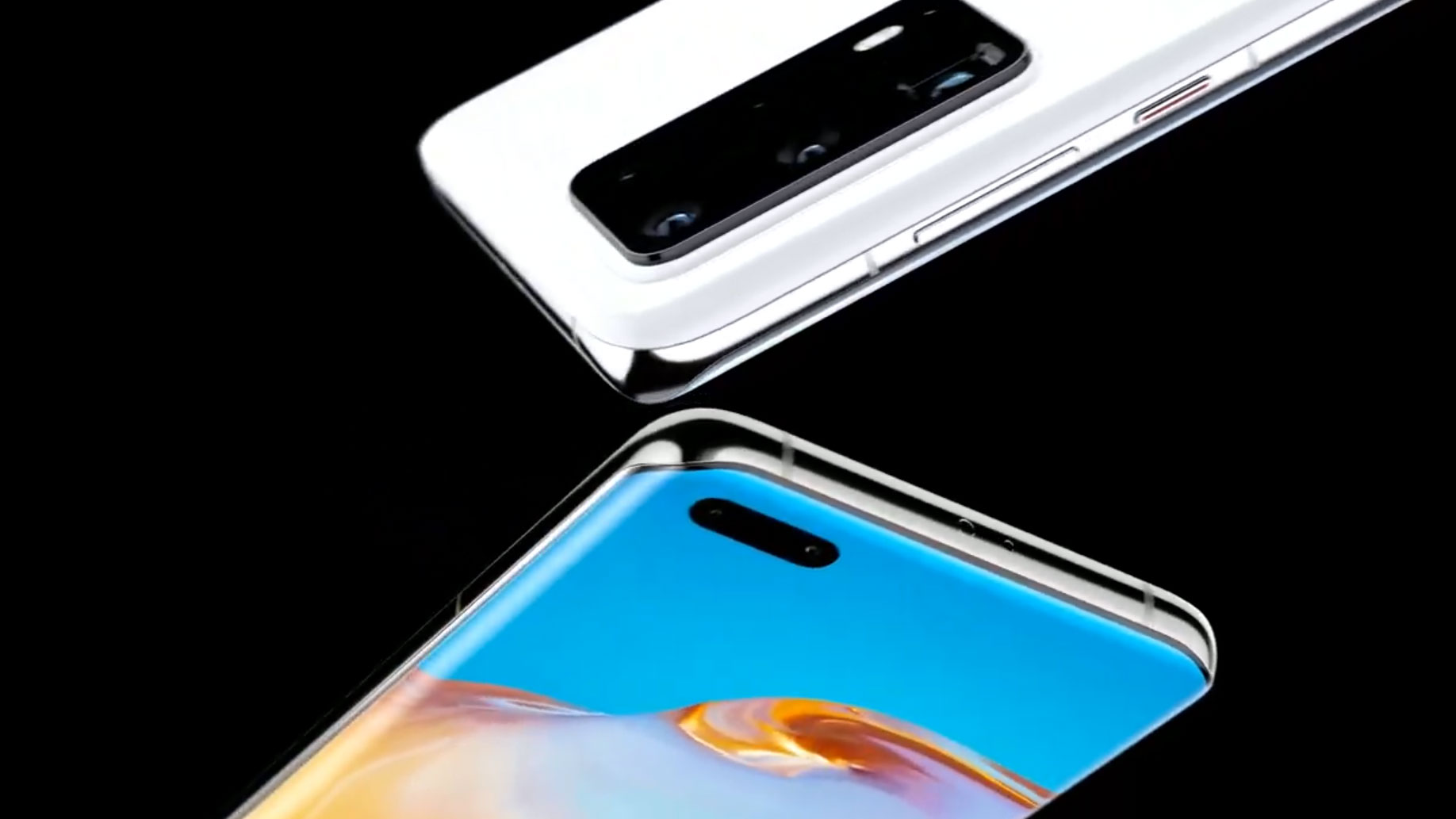
What's worrying about that is many manufacturers have taken a stab at launching their own operating system — like Microsoft with Windows Phone and Samsung with Tizen OS — and hit a dead end, all for the same reason: there isn't enough motivation for developers to port their applications over to a new platform.
However, Huawei is in a different boat. It's the largest smartphone manufacturer in China and before it had its infamous run-in with President Trump, it was on track to overtake Samsung as the biggest in the world. If that's not enough of a reason alone for developers to start moving their applications over, we don't know what is.
Even if they don't, that shouldn't be too much of an issue — EMUI10 runs both global and local applications, with big names like News UK, the BBC, Universal, Lionsgate, Dailymotion and more contributing to the App Gallery. Youtube and Google are not supported: instead, Quant is the default search engine of choice.
Obviously, taking to an APK database isn't the most convenient solution, but it does bridge a gap that most other operating systems haven't been able to overcome — acting as a temporary solution until developers take note of the (possible) rise in adoption and start listing their creations on the App Gallery.

That means the overall success of HarmonyOS will all come down to execution. The western world isn't as open to heavily-modified animated skins as the Asian market, so it will need to find a way to strip back the interface if it wants to succeed in Europe and North America. If it does that, it could have a winner on its hands.
But we digress. When Yu unveiled HarmonyOS at the start of August, he was clear on Huawei's current stance: "When can we put it on our smartphones? We can do it any time, but for the Google partnership, and efficiency, the priority will be for Google Android OS ... If we cannot use it in the future, we can switch from Android."
Having said that, Google told Reuters on August 29 that its current license to trade with Huawei doesn't apply to new hardware — this entire debacle won't impact the firm's existing devices, like the Huawei P30 — so if it doesn't reach an agreement with the US by 2020, the Huawei P40 could ship with HarmonyOS after all.
However, it seems that Yu is starting to grow rather tired of the situation. The CEO reportedly told GizChina on September 9 that if the situation with the United States does not change in the near future, Huawei will bundle HarmonyOS on the Huawei P40 and Huawei P40 Pro, adding that the firmware is now ready for public use.
Huawei P40: Price and Release Date
The Huawei P40 and P40 Pro will be on shelves April 7, 2020 — which is in line with what we've seen from the firm before. After all, the Huawei P20 and Huawei P20 Pro were launched in April 2018 and the Huawei P30 and Huawei P30 Pro in March 2019. The P40 Pro Plus will be available in June.
The Huawei P40 will retail at €799, the P40 Pro at €999, and the P40 Pro Plus at €1,399.
- These are the best Android phones you can buy right now
- These are the best folding phones coming to a store near you soon
Get all the latest news, reviews, deals and buying guides on gorgeous tech, home and active products from the T3 experts
Having spent half a decade writing about the latest news for some of the world’s largest publications, Josh is one of the most recognised reporters in the space. Nowadays, in addition to covering the odd news article, he spends most of his time keeping T3's long-form consumer content up to date, while also researching and reporting on the best deals to help you save some serious scratch.
